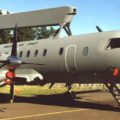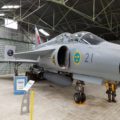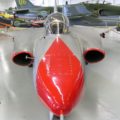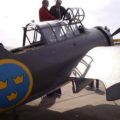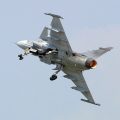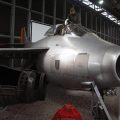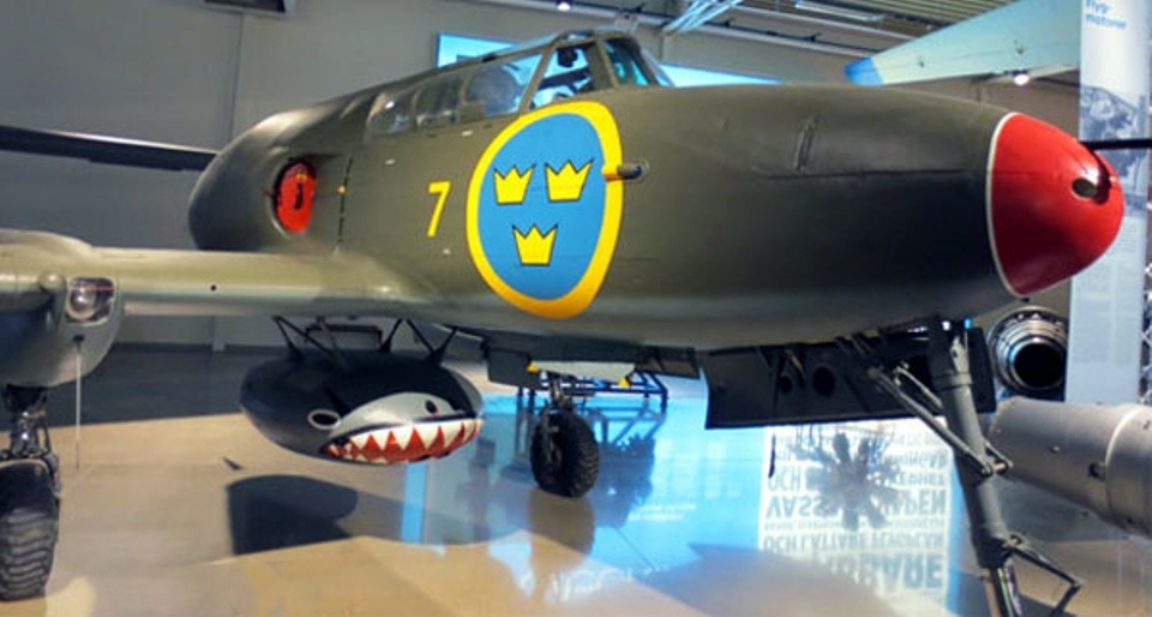
| Saab 21R | |
|---|---|
| Land | Schweden |
| Rolle | Jagd- und Angriffsflugzeuge |
| Erstflug | 10. März 1947 |
| Gebaut | 64 |
das Saab 21R was a Swedish twin-boom fighter/attack aircraft developed and produced by Saab. It was a jet-powered development of the earlier piston-engined 21. It was the first jet aircraft to be produced by Saab. Along with the Russian Yakovlev Yak-15, the 21R was one of only two jet fighters to have been successfully converted from a piston-powered aircraft.
Quelle: Saab 21R auf Wikipedia
| Saab J-21 R (Jet) Rundgang | |
|---|---|
| Fotograf | Peter Booij |
| Lokalisierung | Unbekannter |
| Fotos | 38 |
Zugehörige Kits:
Finden Sie Kits bei eBay:
Siehe auch:
das Saab 21R was a Swedish jet fighter developed from the Saab 21 piston-engined fighter in the late 1940s. It was the first Swedish jet aircraft to enter service and the first jet fighter to be converted from a piston-powered design. The Saab 21R had a distinctive twin-boom tail and a pusher propeller configuration, which allowed for a nose-mounted cannon armament. The Saab 21R was powered by a de Havilland Goblin turbojet engine, which replaced the original Daimler-Benz DB 605B engine. The Saab 21R had a maximum speed of 820 km/h (510 mph) and a range of 1,100 km (680 mi).
The Saab 21R was armed with one 20 mm cannon and four 13.2 mm machine guns in the nose, and could carry up to 600 kg (1,320 lb) of bombs or rockets under the wings. The Saab 21R entered service with the Swedish Air Force in 1950 and served until 1956. It was replaced by the more advanced Saab 29 Tunnan and Saab 32 Lansen jet fighters. The Saab 21R was an important milestone in the development of Swedish aviation and a successful example of adapting an existing design to new technology.
Ansichten : 2248





